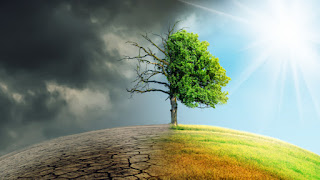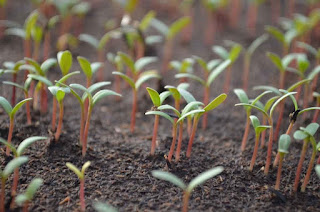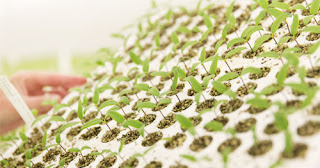Climate Mitigation and Change Adaption Measures
We are all affected by climate change, just as we are affected by our breath. People who have experienced floods, hurricanes, and forest fires know how important the environment is to our quality of life.
In metro cities where the city is heating up and pollution is increasing, we have increasingly found it difficult to breathe and be outside in extreme temperatures. Climate change is regarded as "the greatest threat to global health in the 21st century" by the World Health Organization.
Climate mitigation is a necessity as climate change damages can be minimized if we combine our efforts and take appropriate mitigation measures:
Enhancing energy efficiency and choosing renewable energy over fossil fuels.
Promoting public transportation and sustainable mobility can be achieved by increasing bicycle trips in towns, reducing flights, and taking more trips by train or shared vehicles.
Develop an eco-industrial sector, agricultural, fishing, and livestock production, as well as sustainable consumption and 3Rs principles (reduce, reuse, recycle).
Fossil fuel use and CO2 emissions markets could be taxed.
Adaptation measures to climate change must be encouraged along with mitigation measures to stem global warming:
Improving the safety and sustainability of buildings and infrastructure.
Planting new trees and restoring damaged ecosystems.
It is important to diversify crops so that they are better suited to changing climates.
Researching and developing innovative solutions to prevent and manage natural disasters is an important part of our work.
Developing emergency action plans for climate emergencies.
HOW WILL THE EARTH LOOK IN 2030 IF CLIMATE MITOGATION EFFORTS WORK?
According to the World Economic Forum (WEF), climate mitigation and adaption can lead to day-to-day scenarios such as:
Mobilization
In order to reduce consumption and maximize passengers, most journeys will be made by train or shared electric vehicle equipped with algorithms that will select the best route. By walking, riding a bike, or using public transportation in towns, we can reduce traffic jams, noise, and improve our quality of life.
Town planning and architecture
Almost no concrete buildings will be constructed, and we will live in houses powered by renewable energy. We will have fewer parking spots in our streets and more urban gardens, parks, and allotments.
Food
Our diets will consist mostly of fruit and vegetables, while meat, dairy products, and fish will be less prevalent.
Agriculture
Reducing livestock farming will result in a positive impact on reforestation, creating more space for the production of food for human consumption.
Consumption
Sharing goods and services, purchasing less and reusing more, and recycling almost everything will become more common. There will be no single-use plastics, and packaging will be easier to sort and recycle.
The Bottom Line
Developing climate‐resilient crops and improving plant tolerance is one the reason to combat climate change. To know how read here.



Comments
Post a Comment